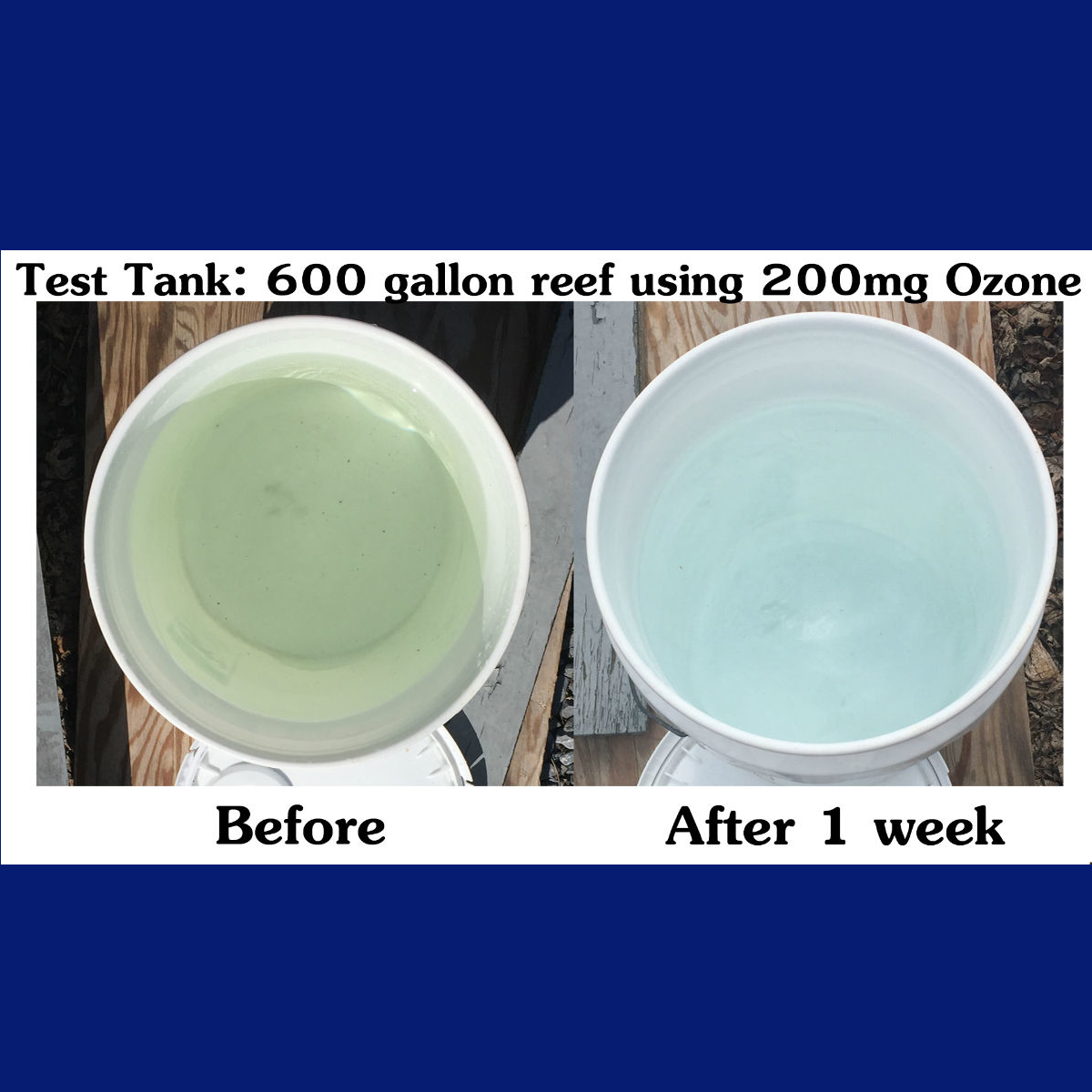
Introduction to Advanced Ozone Testing
Ozone, a highly reactive form of oxygen, is increasingly utilized in various industrial and environmental applications. From water treatment and air purification to material synthesis and disinfection, ozone's powerful oxidizing properties offer numerous benefits. However, accurate measurement of ozone levels is crucial for ensuring safe and effective application. This article delves into the intricacies of advanced ozone testing methods, exploring the techniques for measuring ozone in different environments and its impact on key parameters like color and turbidity.
Understanding Ozone Testing Methods
Ozone testing methods can be broadly categorized based on the environment in which ozone is being measured:
Ambient Ozone Testing
Ambient ozone testing refers to the measurement of ozone levels in the air. This is particularly important for monitoring air quality and assessing potential health risks. Common methods for ambient ozone testing include:
- UV Photometry: Utilizes the absorption of ultraviolet (UV) light by ozone molecules to determine its concentration. It's a widely used method for continuous ozone monitoring.
- Chemiluminescence: Involves reacting ozone with an indicator chemical, resulting in the emission of light that is proportional to the ozone concentration. It's highly sensitive and accurate for ambient ozone measurement.
Aqueous Ozone Testing
Aqueous ozone testing involves measuring the concentration of ozone dissolved in water. This is crucial for applications like water treatment and disinfection where ozone is used to remove contaminants.
- Indigo Trisulfonate (ITS) Method: A colorimetric method using the reaction between ozone and indigo trisulfonate dye, causing a measurable color change. It's simple and widely used for determining ozone in water.
- Chemiluminescence: As in ambient testing, this method uses a reagent that reacts with ozone to produce light, which is then detected by a photomultiplier tube.
Ozone's Impact on Color and Turbidity
Ozone's oxidizing properties can significantly affect the color and turbidity of water, especially in treatment applications where ozone is used to improve clarity.
Color
Ozone oxidizes colored organic compounds, reducing water color. This improves aesthetics and enhances disinfection efficiency.
Turbidity
Depending on particle types, ozone may either increase or decrease turbidity. It can aggregate small particles (increasing turbidity) or break down larger ones (reducing turbidity).
Conclusion
Advanced ozone testing is essential for the safe and effective use of ozone in industrial and environmental applications. Understanding the methods for both ambient and aqueous testing, along with ozone’s effect on color and turbidity, ensures better process control, safety, and sustainability.







